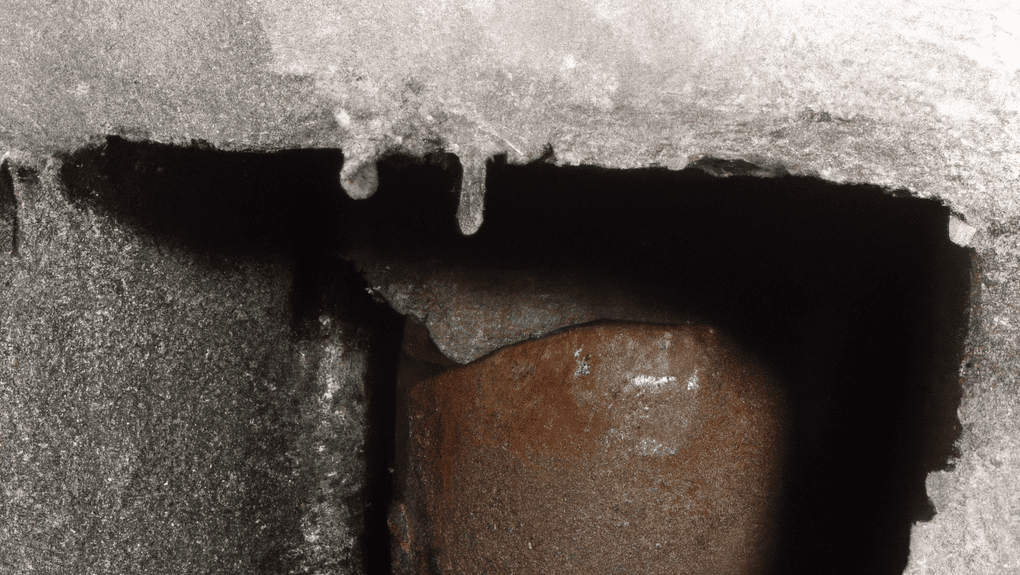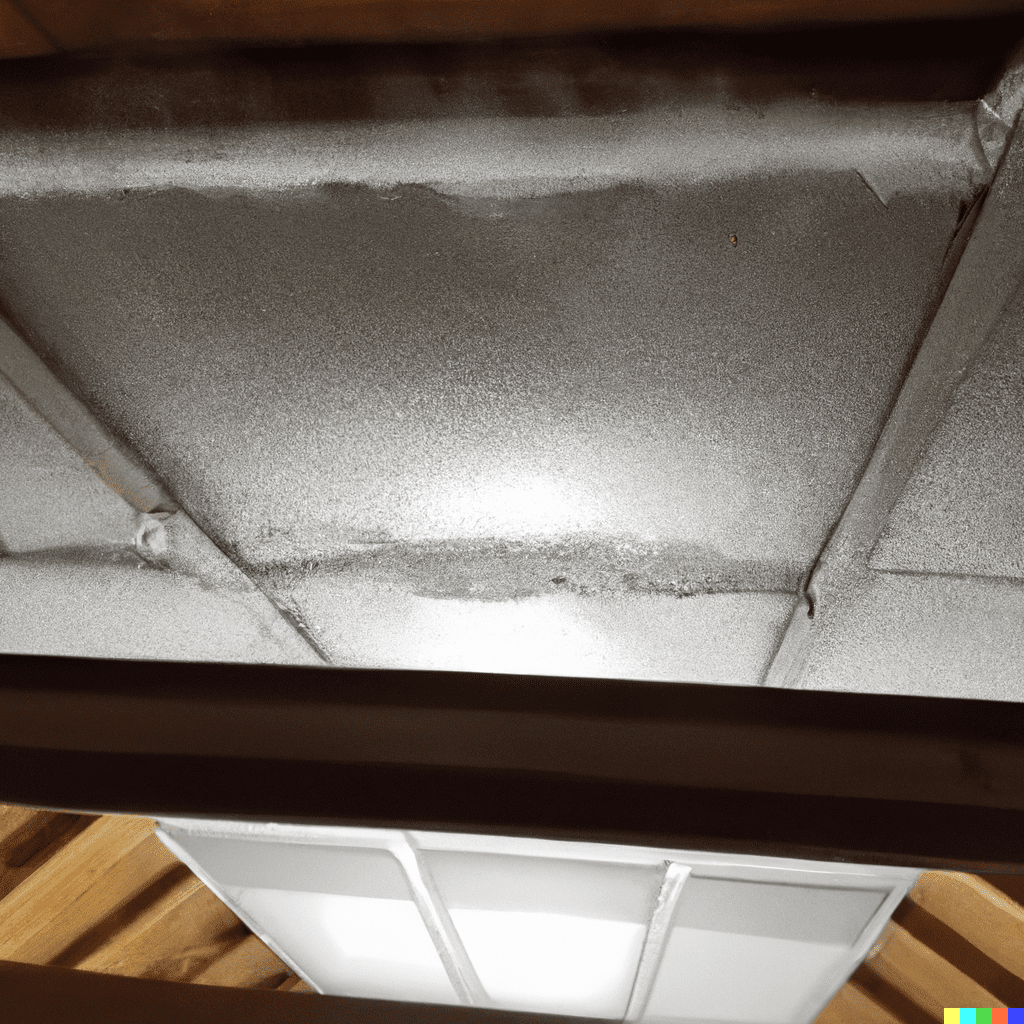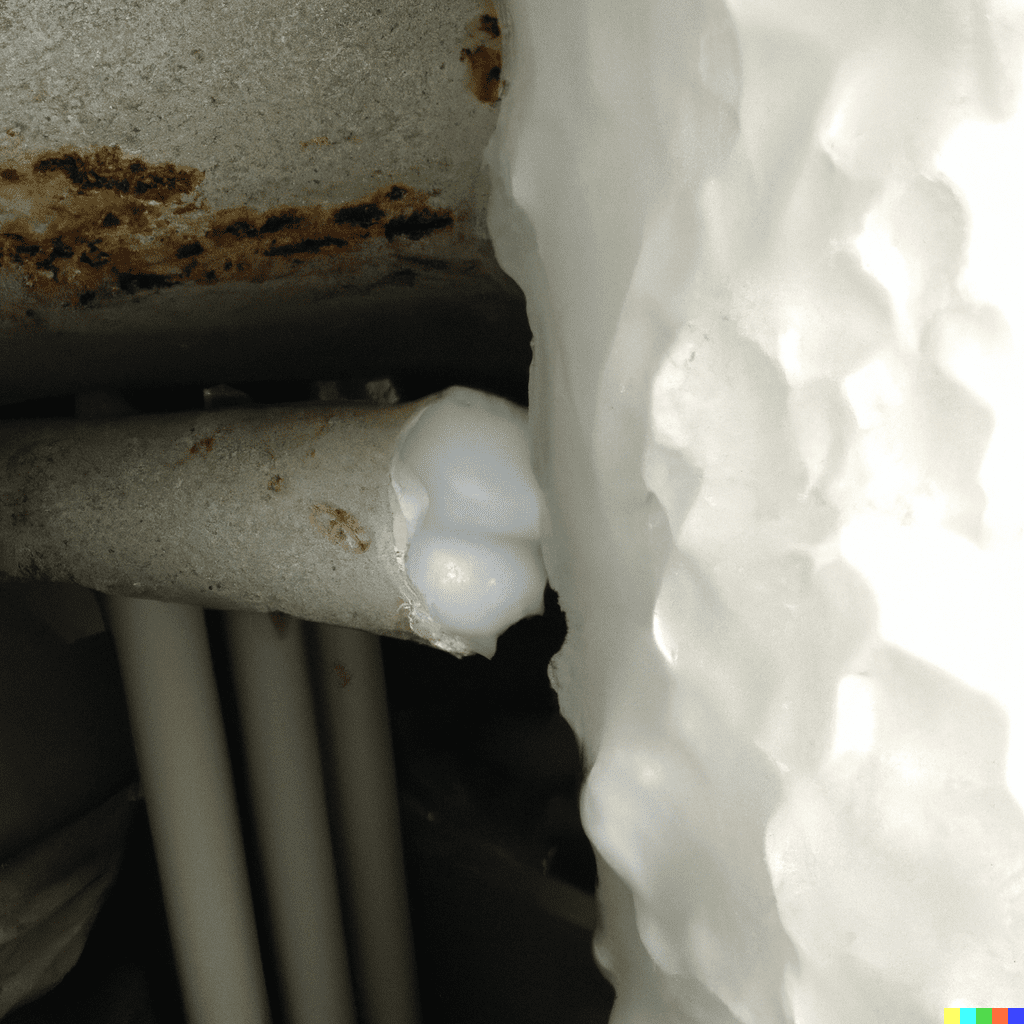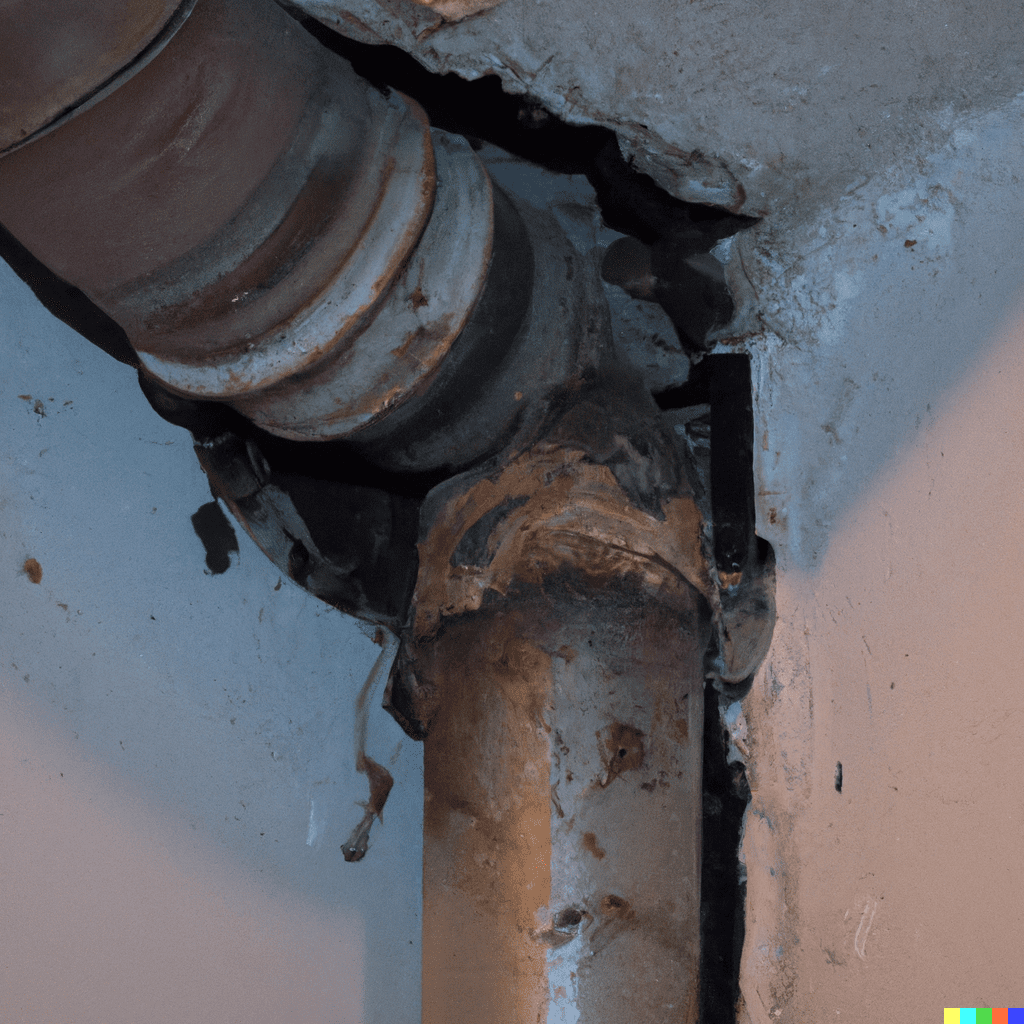High-Efficiency Furnace Venting: What You Should Know and Common Problems to Fix

Ice build-up around your furnace exhaust and dislodged PVC pipes can have a devastating impact on your home’s safety. Call our qualified team of technicians at 780-489-8118.
The winter season brings with it several challenges that burden your home HVAC system if it isn’t tuned to perform at optimal efficiency. Furnace exhaust pipes and vent stacks are at a greater risk of suffering blockage as condensation air released from the exhaust pipe can collect snow during harsher periods which can lead to ice formation in and around the vent.
Since getting out in temperatures in the range of -20 to -45 degrees can pose a health risk to you, you must ensure that your high-efficiency gas furnace is tuned up before the season kicks off and during milder temperatures.
The ice blockage places a significant burden on your furnace if not cleared in time, which can cause carbon monoxide gases to be released indoors. Given that Alberta encounters harsher winters starting December through March, your furnace needs regular maintenance in these months so that ice accumulation is dealt with promptly.
Let’s look into what causes ice to form and block your furnace exhaust and what you can do about it.
How Do I Locate My Furnace Vent Where Ice Has Formed?
Your exterior furnace exhaust pipe is typically located on your home’s sidewall, although it can be found on your home’s roof in some cases. If you need help with locating it on the roof, please schedule an inspection with your nearest plumbing HVAC contractor.
The exhaust pipe points up while the intake pipe points down. You can make out where your pipes exit by locating where they originate inside your furnace. The PVC pipes are plastic white or grey pipes attached right above your furnace. The intake and exhaust pipes must be configured at least 5 feet away from each other and away from your home’s doors or windows. If you think your furnace pipes may be installed incorrectly, contact an HVAC professional right away as this can mean a costly furnace repair if not attended to immediately.
Check whether your intake and exhaust pipes have furnace vent screens installed. If not, this can lead to smaller animals, dust, and other debris stuck in it.
Get your furnace tuned up for $149 by redeeming one of our specials today. *Price subject to change.
How Do I Check My Attic for Signs of Excess Humidity?

If your furnace vent is on the roof, it has a connecting PVC pipe that runs through the attic—the area between the ceiling and the roof of your home. You will see dark stains forming along the nails attached to your ceiling. The stains come from excess moisture that’s trapped in your attic due to poor ventilation which can form mold and bacteria, worsening the indoor air quality. The snow formulation around your roof furnace vent can worsen if your attic’s insulation blocks the soffit vents and edges which in turn blocks the exhaust pipe from where condensation air is supposed to exit.
Ice Accumulation Around Exterior Exhaust Pipe
Furnace air that blows out doesn’t immediately leave the exhaust pipe as the condensation builds moisture which collects snow and freezes over time. High-efficiency furnaces produce double heat by consuming less energy, which builds a lot of moisture that doesn’t escape quickly enough unlike traditional 80% efficiency furnaces.
The ice formation can intensify when indoor home temperatures are set to a higher heating level which makes the furnace work harder to produce heat. This can cause more ice formation at a faster rate.
Ice Formation on PVC Vents
Ice forms around indoor furnace intakes due to inaccurate installation. High-efficiency furnaces use a condensate drain that exits combustion air into the floor drain. If the PVC pipe is not sloped at 1/4th per foot going back to the furnace, then it can freeze quickly depending on indoor temperature settings and outdoor temperature levels.

Sagging Furnace Pipes
If PVC pipes aren’t configured using the proper length, height, and design from the exit points all the way back to the furnace, it can cause pipes to sag due to uneven wind pressure that isn’t letting combustion air to exit. A professional technician ensures the pipes are secured using hangers or straps so that airflow isn’t blocked depending on the type of PVC pipes installed.

PVC Vents Running Too Long or Short
When exhaust pipes are too long, they delay the discharge of combustion gases away from your home causing them to accumulate ice faster. On the other hand, if your exhaust is too short, it can trap the condensate air inside causing it to freeze in the 45 degree elbow where the blower motor cannot sustain the air pressure to push it out.
Exhaust Pipe Is Close to the Ground
The exhaust pipe must sit 12 inches above the ground to avoid pulling in snow which can then freeze and block airflow. The intake vent may also pull in snow further worsening the airflow blockage.
PVC Exhaust Pipe Is Turned Straight Out
An exhaust vent should never be positioned straight out since the intake pipe can pull in exhaust gases. Additionally, windy weather will push the moist combustion air back into the intake pipe where it can freeze and clog the PVC pipes.
Signs You Need Furnace Maintenance
When you notice ice forming around your furnace exhaust vent, you should try to remove the icicles and snow using a broom or softer material that won’t damage the plastic exhaust vent. Clean out and replace the furnace filter. Shut off the system and call your nearest HVAC technician for further resolution. Repiping your furnace pipes or troubleshooting ice formation yourself can still mean inaccurate configuration that will come to bite you later. An HVAC technician uses the manufacturer guidelines to ensure intake and outtake pipes are configured up to code and at proper angles and height back to the furnace so that you don’t have to worry about indoor moisture and ice formation.
The Alberta government spells out guidelines as to the venting of gas furnaces which you can use as a resource to get educated on proper venting practices.
In order to keep your furnace tuned for long-term performance, Always Plumbing and Heating offers a Diamond Maintenance plan that saves you several hundreds in service calls and repair jobs (if ever the need arises).
Keep your furnace in top-notch condition with an annual maintenance program. Schedule a consultation with an HVAC expert.
